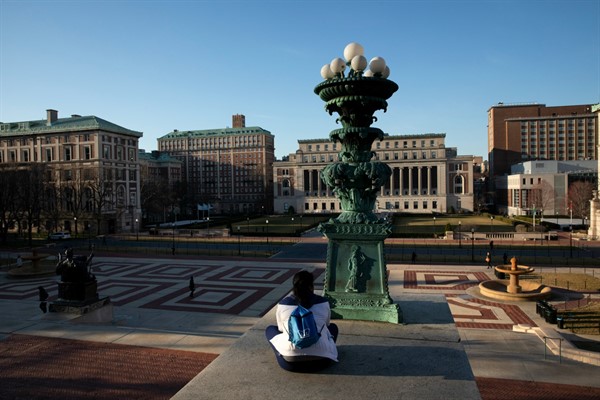On university and college campuses, it’s been a back-to-school season like none other. COVID-19 outbreaks have forced entire residence halls and sports teams to quarantine, and, for some institutions, could prompt a premature end to the semester. Other campuses are ghost towns, as instruction has moved completely online. The pandemic has transformed teaching and learning, how research is conducted⎯the very rhythms of campus life.
The contagion’s impact on international education has been especially acute. With closed borders, shuttered consulates and airline restrictions, study abroad and foreign exchange programs have been canceled, while the United States is all but off-limits for new international students. Some have chosen to take classes online, but many have put off their studies. No other demographic group has experienced such deep enrollment declines this fall, according to preliminary data from the National Student Clearinghouse Research Center, an education policy think tank. Estimates suggest as many as a quarter of international students could be missing in action in the 2020 academic year.
The sudden disruption to the pipeline of foreign students has exposed just how dependent American colleges and universities are on international enrollment. According to the ratings agency S&P Global, colleges with large foreign enrollments could be at “material risk” because of the drop-off in tuition revenue from international students. For research, too, their absence is a blow. In 2018, more than half of doctoral graduates in engineering, mathematics and computer science from American universities were foreign nationals, and the share of international students has been increasing across academic fields for at least two decades.

